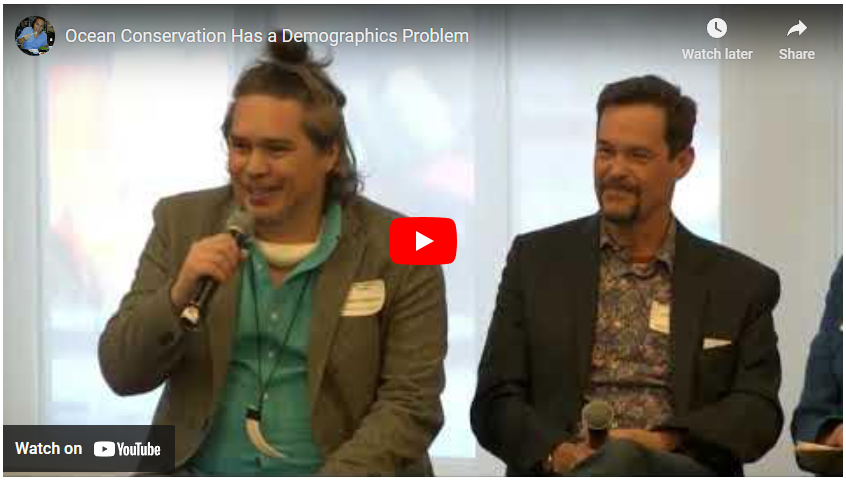Transcript below.
Tag: Conservation
In helping to organize several meetings and events for conservation groups, I’ve frequently encountered conservation professionals loudly declaiming “Don’t you know who I am!” and expecting special treatment. Recently I got an email from someone whose abstract was rejected by a conference committee I was assisting, in which they had quite a tantrum. There were lots of … Read More “Egosystem management. Or how tantrums and unprofessional behavior are hindering conservation” »
For the last several years, I’ve been working off the weight gained and fitness lost from a decade of grad school, post-doctoral research, job hunting, and, ultimately, launching my own company. The gym, to put it mildly, had not been a priority. Running and weight training went a long way towards getting me back to where I wanted to be, but I had hit a plateau. Every spring and summer I’d make incremental improvements, every winter, I’d fall back into old habits. It was a sustainable situation, but not fantastic.
Last summer, I set a goal for myself. While the weather was just on the wrong side of that threshold that makes running something I’m willing to do first thing in the morning, I would instead swap out my sneakers for an Oculus Rift, and spend an hour, four or five days a week, playing fitness-oriented virtual reality games, for fifty sessions. That schedule would get me through the winter and hopefully keep me more active than I otherwise would.
To better illustrate this plan, I made a GIF, just for you:
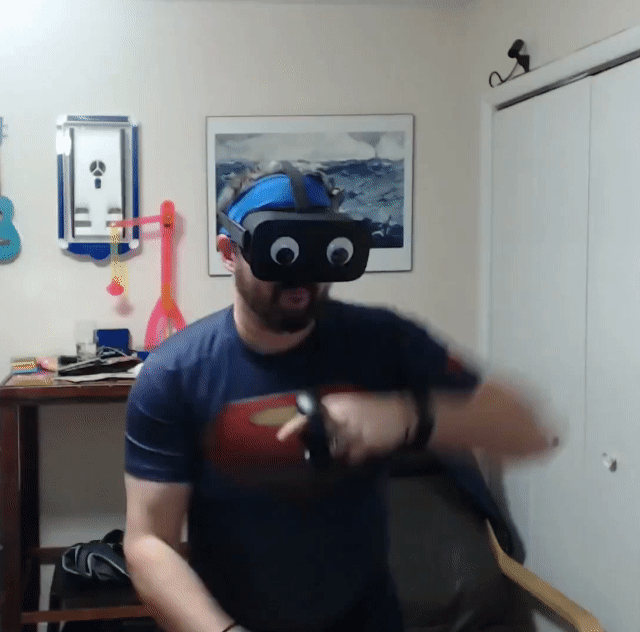
Unsurprisingly, the science behind Virtual Reality and exercise is still in its infancy.

Foghorn (A Call to Action!)
It’s month two of the longest shutdown in US history and there’s only one party who won’t allow a vote to reopen the government proceed. Have you called you senator today?
And while I have your attention, FYI:
Flotsam (what we’re obsessed with right now)3-D Printing the Ulitmate Deep-Sea Christmas Tree
- Oceans Warming Faster Than Predicted, Scientists Say and Ocean Warming Is Accelerating Faster Than Thought, New Research Finds.
- Ministry hints Putin’s Arctic ambitions are not realistic. There is unease in several Russian government ministries as officials start to understand that the President’s objectives for the Northern Sea Route can not be reached. The only way to please the president might be to expand the sea route itself.
- Hagfish are so good. We don’t deserve hagfish.

Foghorn (A Call to Action!)
- Irrational, unhinged, and belligerent, Sweaty Brett Kavanaugh has no place on the Supreme Court. Call your Senators and let them know. And, because all drains lead to the ocean, read his inscrutable dissent on the SeaWorld v. OSHA case.
Flotsam (what we’re obsessed with right now)
- This kayaker got sucker punched. Sorry, I’ll show myself out.

- It was a banner week for ocean gifs. Dead whale spends night in Rye parking lot after movers realize they’re going to need a bigger tote.
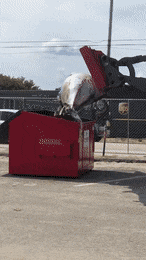
- I’m pretty jazzed by the idea of a transparent canoe.

Foghorn (a call to action)
- After a decade spent expanding marine protection throughout the US EEZ, the federal government is going to war on healthy oceans: The Trump Administration’s New Attack on Marine Monuments.
- Want to work for COMPASS in DC? One of the nation’s preeminent science communications institutions is hiring, and trust me, DC needs you.
- If fleeing to Canada is more your style (David (¬_¬) ), Ocean Watch is hiring a manager to plan, manage and execute the Coastal Ocean Health Initiative.
Flotsam (what we’re obsessed with right now)
- Gulper Eels are amazing. Amazing.
- This is an amazing series of visualizations from the Guardian. Seven endangered species that could (almost) fit in a single train carriage.
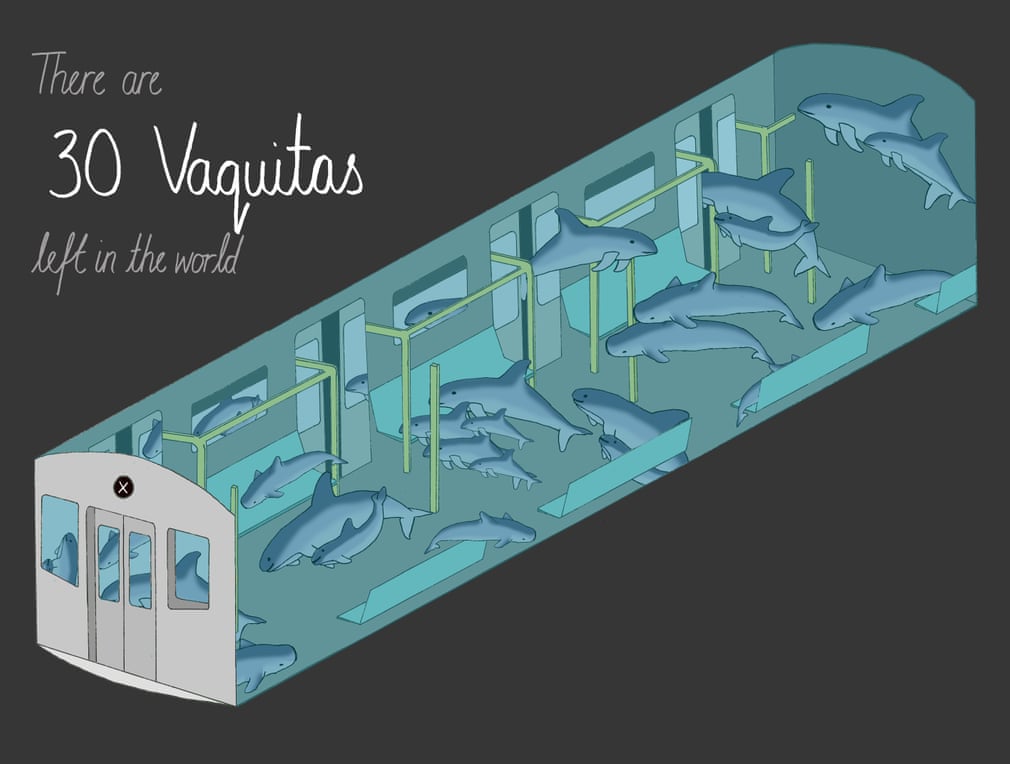
Illustration: Mona Chalabi
- There are sextants on the International Space Station and I can’t stop thinking about it.
The following appeared this Monday on the DSM Observer, the only trade journal committed to covering all aspects of the emerging deep-sea mining industry. Though written for the deep-sea mining community, the subject is broadly relevant to a host of ocean industries, so we reprint it below.
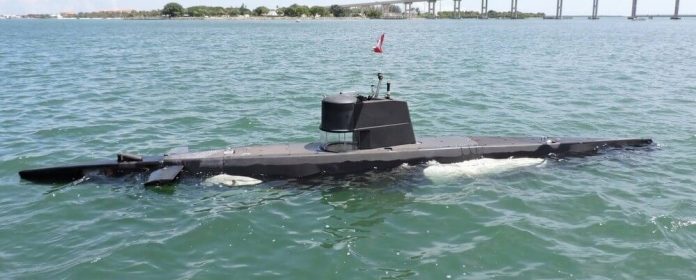
As a community, we discuss mining, management, and monitoring, as well as the regulations that shape them, in terms of governments, major corporations, and research institutions. The deep-sea mining community is small and the complexities of working at abyssal depths engenders collaboration, cooperation, and, in the case of exploitation, compromise. While there are many stakeholders potentially affected by deep-sea mining, only a small proportion of them will ever directly engage with the deep seafloor.
A few extremely wealthy individuals have access to private submersibles and ROVs and have on occasion made them available for research and exploration, but they are the exception. The tools necessary to reach the depths of a hydrothermal vent or polymetallic nodule field are simply too expensive.
That may soon change.
Read More “The rise of low-cost ROVs and community submersibles” »
